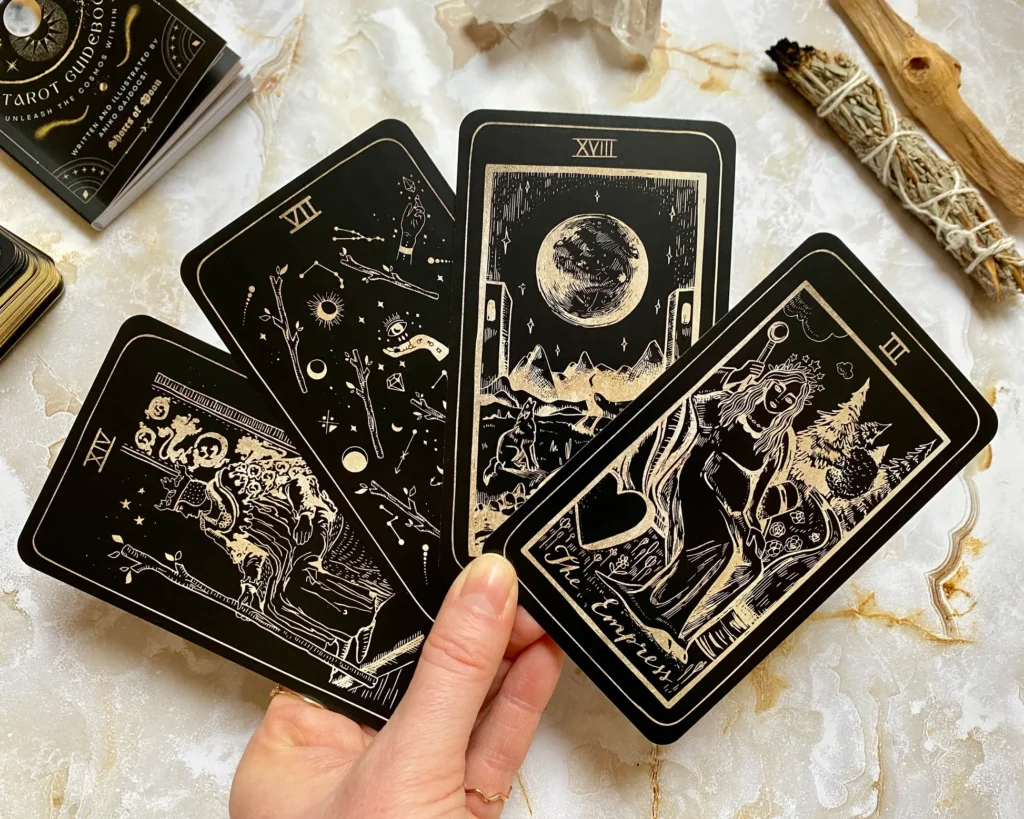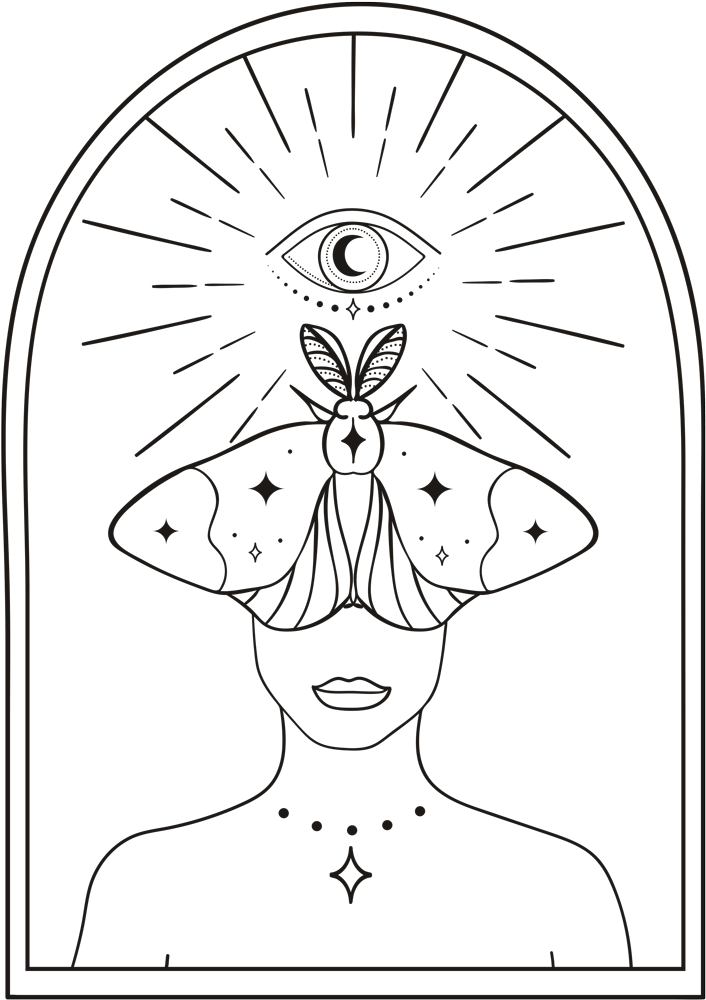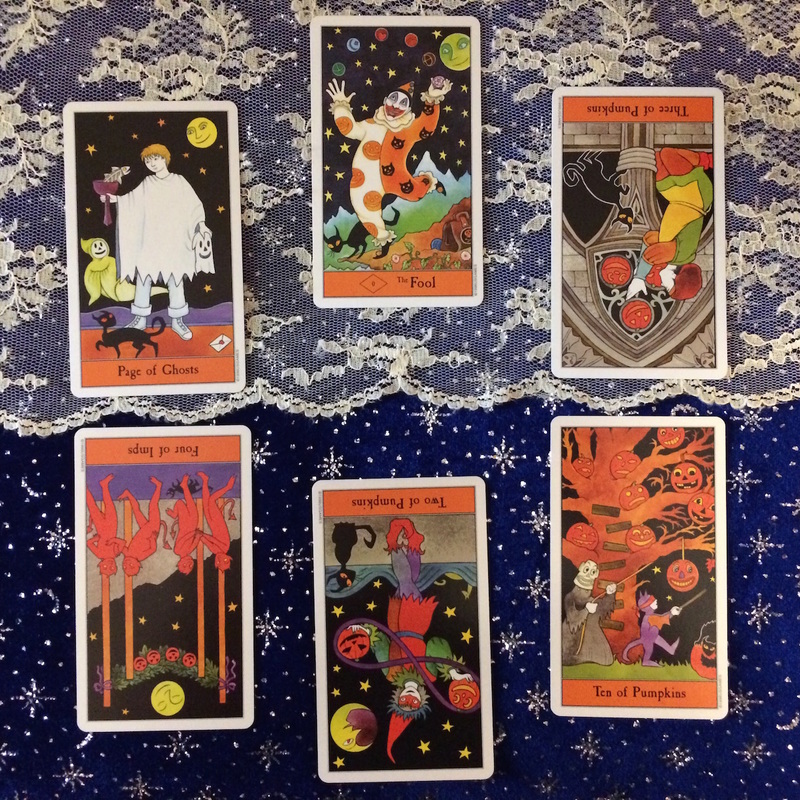Healing
Shamanism
Shamanism is a spiritual practice rooted in indigenous cultures worldwide, focused on the belief that the physical world is interconnected with spiritual realms. Shamanism is an ancient spiritual healing practice that dates back over 40,000 years. Shamans, or spiritual healers, are believed to possess the ability to communicate with the spirit world, heal individuals, and guide communities. The practice is often used to address physical, emotional, or spiritual imbalances.

How Shamanism Works
Shamanism works through the concept that everything in the universe—plants, animals, elements, and humans—has a spiritual essence. Shamans believe that when a person experiences illness or misfortune, it is often because of a disturbance or imbalance in their spiritual or energetic state. Shamans enter altered states of consciousness to work with the spirit world, seeking guidance, healing, and wisdom from spirits, ancestors, or otherworldly forces. This altered state is typically induced through drumming, chanting, dancing, fasting, or using sacred plants.
The shaman serves as an intermediary between the physical world and the spiritual world, performing rituals to restore balance, heal ailments, or seek guidance. It is based on the understanding that everything in life is interconnected, and true healing involves restoring balance on the physical, mental, emotional, and spiritual levels. While the specific methods may vary across different shamanic traditions, the goal remains the same: to achieve holistic well-being and restore harmony.
Shamans act as intermediaries between the physical and spiritual realms. By entering an altered state of consciousness, they access information about a person's life to identify the root causes of issues, whether seen or unseen. This spiritual insight allows them to perform healing work that brings both emotional well-being and positive change in a person's life. The benefits of this healing go beyond simply feeling better—shamanic healing can also lead to improved manifestation and a more harmonious life experience.
The healing process generally involves two main phases

1. Diagnosis
The shaman investigates the client’s life and identifies the root causes of their issues, both visible and hidden.
2. Healing
The shaman then performs specific healing work to address and resolve these underlying causes, leading to the desired outcome.
The healing process generally involves two main phases
1. Shamanic Healing Session
This approach focuses on working with the energy body, where the shaman clears negative thought forms and energetic blockages that are causing disruptive behaviour patterns or limiting beliefs at their root.

2. Shamanic Counselling / Healing Session
In this approach, the shaman guides you through a process of self-discovery, helping you have insights and realizations that release old, limiting thought patterns. This allows for new, positive thought patterns to emerge, and energy extraction may be performed if necessary to further clear any energetic blockages.
Both methodologies aim to restore balance and bring about healing by addressing the underlying causes of physical, emotional, and spiritual distress, leading to a more harmonious and empowered life.
Shamanic Journey
A shamanic journey is a core practice in shamanism where the practitioner enters a trance-like state to travel to non-ordinary realms of reality. In these realms, they seek guidance, wisdom, and healing. The journey usually involves visualization or auditory cues (such as drumming) to induce an altered state of consciousness. Shamans may enter these altered states to:
• Communicate with spirits
• Retrieve lost or stolen soul parts
• Heal emotional or spiritual wounds
• Gain insights into a situation or problem
The shamanic journey often involves traveling to three realms: the Upper World (associated with guidance from higher spiritual beings), the Middle World (the world we live in, but seen from a spiritual perspective), and the Lower World (connected to the unconscious mind, primal forces, and animal guides).

Power Animal Retrieval
Power animal retrieval is a form of healing in which the shaman seeks to find and reconnect a person with their power animal, a spiritual animal guide or protector. Power animals are believed to embody certain qualities or strengths that the individual may need. For example, a bear might represent courage, while an owl might symbolize wisdom.
When a person is disconnected from their power animal or has lost touch with its energy, it is thought that they may experience feelings of weakness, fear, or confusion. The shaman performs a journey to retrieve the power animal and restore its connection with the person. This practice is seen as a way to bring back strength, clarity, and guidance to the individual.

Soul Retrieval
Soul retrieval is another central practice in shamanism, designed to heal a person by recovering lost or fragmented parts of their soul. According to shamanic belief, parts of a person's soul may become lost due to traumatic experiences, emotional pain, or significant life events (e.g., accidents, abuse, deep grief, or major life transitions). When these soul parts are lost, the person can feel fragmented, disconnected, or incomplete.
In a soul retrieval session, the shaman enters a deep trance and journeys to the spiritual realms to retrieve the missing soul parts. These lost fragments are thought to carry essential energy or qualities that can help the person regain wholeness. Once the soul parts are brought back, the person may experience a sense of healing, integration, and reconnection with their true self.

Soul Loss
Soul loss refers to the shamanic concept that a person can lose parts of their soul due to life’s traumatic or painful experiences. Soul loss can result from events like:
• Physical or emotional trauma
• Grief, fear, or shock
• Major life changes or transitions
• Abuse or neglect
When soul loss occurs, the person may feel like they are operating in a diminished or disconnected state, often experiencing depression, anxiety, or a sense of being “stuck” or incomplete. Shamans believe that soul retrieval is necessary to restore the lost parts of the soul and reintegrate the individual’s full energy and vitality.
In many traditions, the process of soul retrieval not only brings back lost parts but also reintegrates them in a way that allows the person to heal and move forward in their life.
Psychopomp
A psychopomp is a spiritual figure or being whose role is to guide the souls of the deceased to the afterlife or spiritual realm. The term comes from the Greek words psyche (soul) and pompos (guide or escort), meaning "soul guide." Psychopomps have been recognized in various spiritual traditions worldwide, and they are often depicted as guides who help souls transition smoothly from the physical world to the spiritual world.
In shamanic practices, shamans can act as psychopomps, helping the spirits of the deceased move on when they are stuck, confused, or unable to transition on their own. This can happen for a variety of reasons, such as trauma, unfinished business, or attachment to the physical world. The psychopomp’s job is to clear any spiritual blockages and ensure that the soul moves on to its rightful place.
Space Clearing
Space clearing is the practice of removing negative or stagnant energy from a physical space to restore balance, harmony, and vitality. Just like people can accumulate negative emotions or energy, spaces can absorb and hold onto unwanted energies. These can come from past events, emotional conflicts, or just general wear and tear.
Space clearing is often done using various spiritual tools and techniques such as:
Smudging: Burning sacred herbs like sage, palo santo, or cedar to purify the space.
Sound: Using bells, chimes, singing bowls, or drums to break up and release stagnant energy.
Crystals: Placing specific crystals in the space to absorb or shift energy.
Intentions and Rituals: Setting positive intentions for the space and performing rituals to invite healing or balance.
Visualizations: Imagining a clearing of negative energies and the infusion of positive, healing light or energy..
Shamans and other energy healers may perform space clearing to:
• Release negative energy from a room, home, office, or building.
• Create a peaceful, welcoming environment.
• Protect a space from harmful energies or unwanted spiritual presences.
• Enhance the flow of positive energy or "chi" (in Feng Shui).

Summary of Key Practices:
1. Shamanism: A spiritual practice that connects individuals with the spiritual realms for healing, guidance, and wisdom.
2. Shamanic Journey: A spiritual journey undertaken by the shaman to non-ordinary worlds to seek knowledge, guidance, or healing.
3. Power Animal Retrieval: A practice where the shaman retrieves a spiritual animal guide to restore strength and balance to the person.
4. Soul Retrieval: The healing practice of recovering lost parts of the soul to restore wholeness and well-being.
5. Soul Loss: The concept that parts of the soul may be lost due to trauma or life experiences, resulting in feelings of fragmentation
6. Psychopomp: A guide (often a shaman or spiritual being) who helps souls transition from the physical world to the afterlife, especially if they are lost, stuck, or confused.
7. Space Clearing: The practice of clearing negative or stagnant energy from a space using various methods like smudging, sound, and ritual, to restore balance and invite positive energy.

